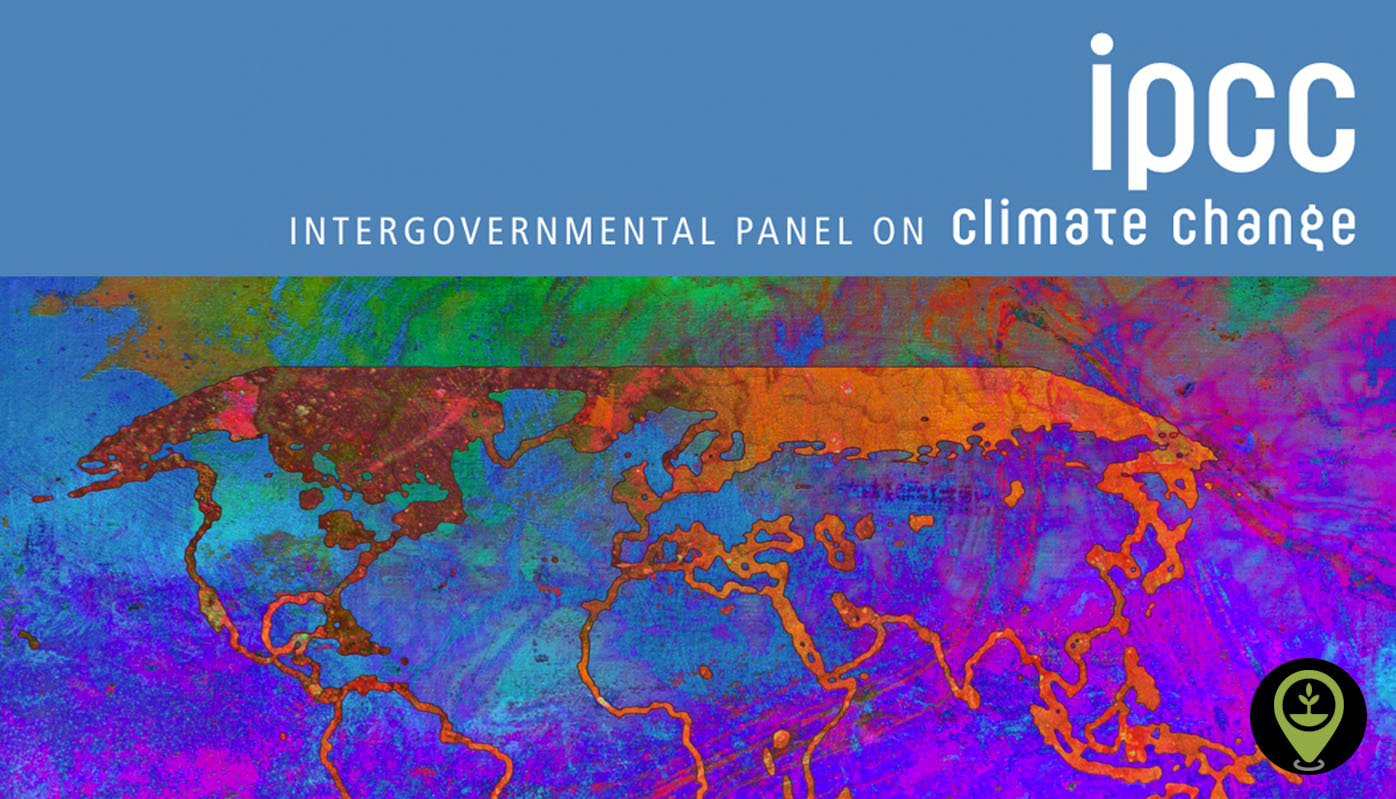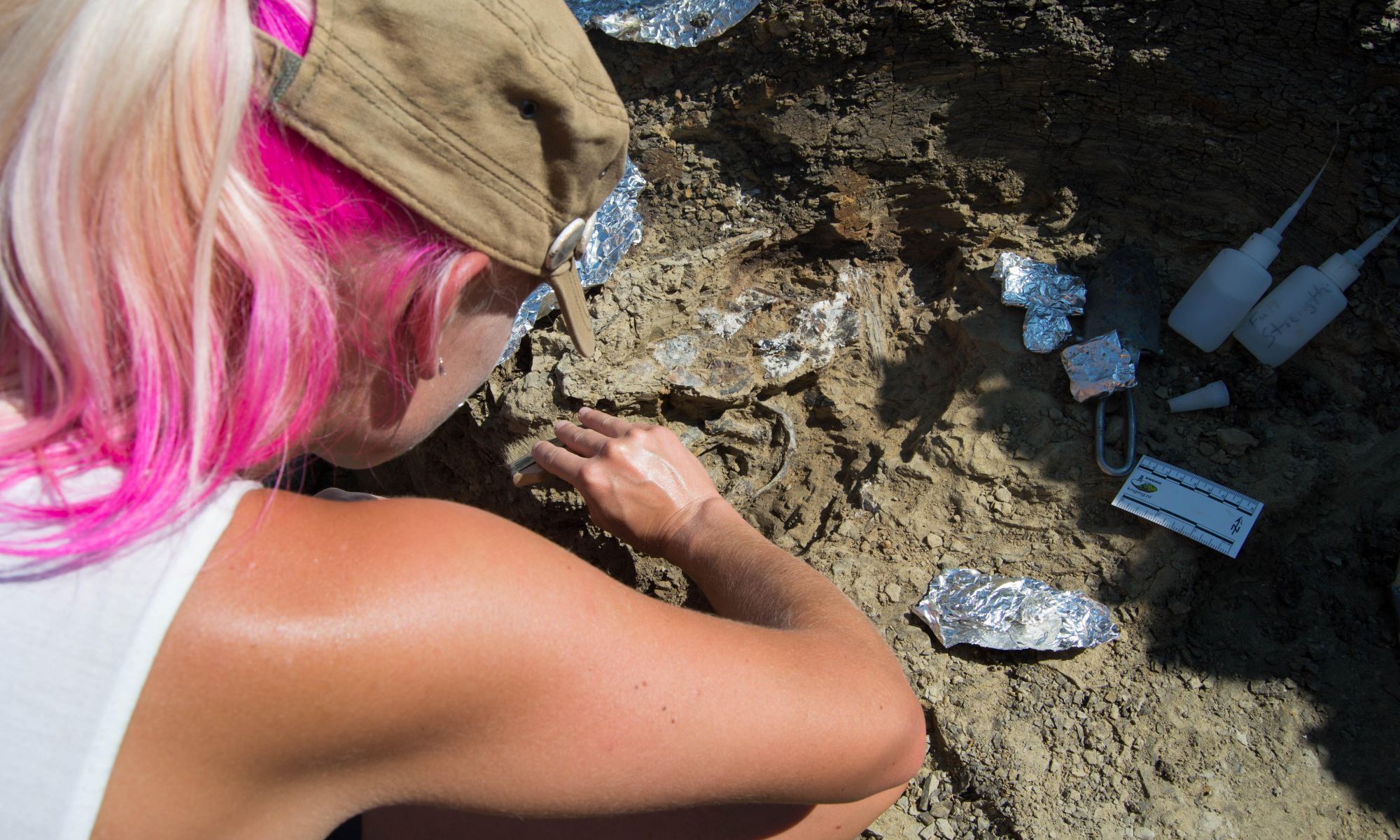Since 1988, the Intergovernmental Panel on Climate Change (IPCC) was formed and tasked with advancing knowledge of humanity’s impact on the natural environment. Beginning in 1990, they have issued multiple reports on the natural, political, and economic impacts Climate Change will have, as well as possible options for mitigation and adaptation. On Feb. 27th, the IPCC released the second part of its Sixth Assessment Report (AR6) – “Impacts, Adaptation, and Vulnerability” – and the outlook isn’t good!
Continue reading “The IPCC Releases its 2022 Report on Climate Change, in Case you Needed Something Else to Worry About”How did Earth go From Molten Hellscape to Habitable Planet?
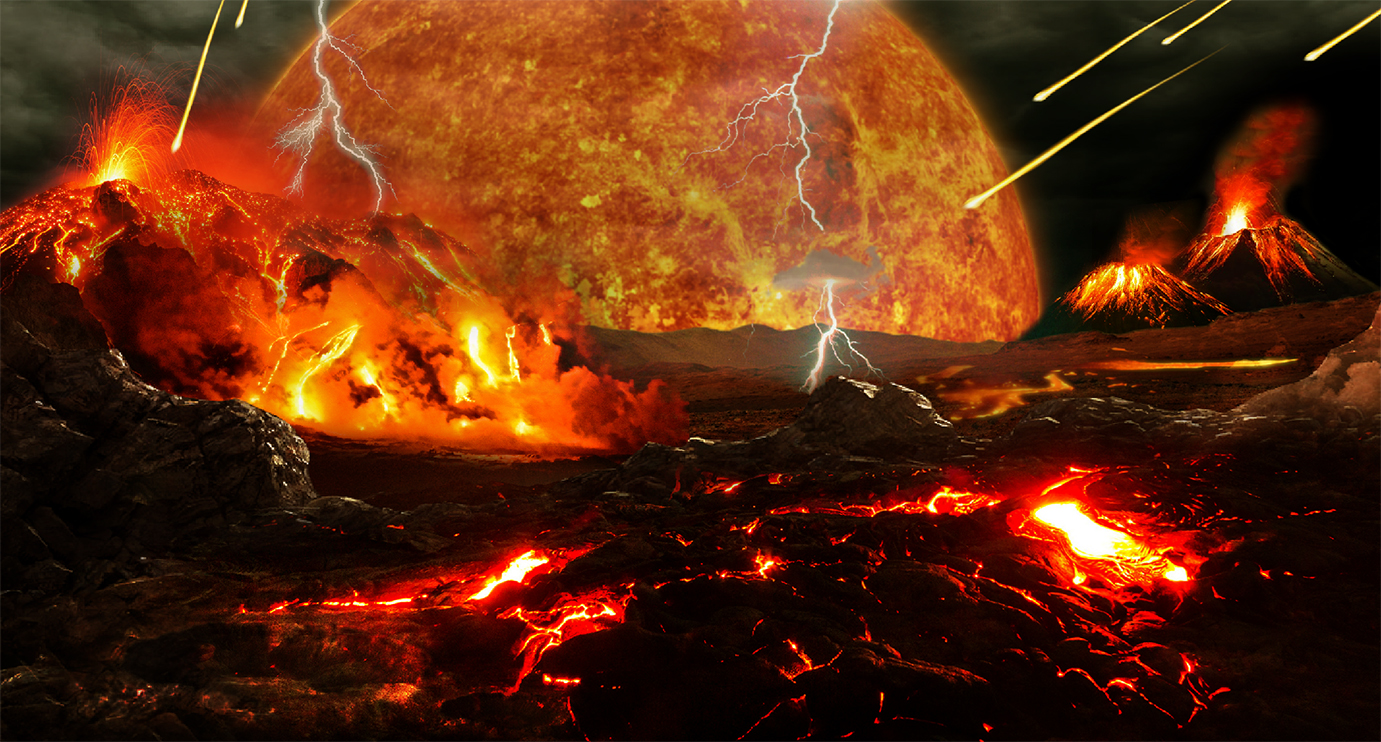
Earth formed from the Sun’s protoplanetary disk about 4.6 billion years ago. In the beginning, it was a molten spheroid with scorching temperatures. Over time, it cooled, and a solid crust formed. Eventually, the atmosphere cooled, and life became a possibility.
But how did all of that happen? The atmosphere was rich in carbon, and that carbon had to be removed before the temperature could drop and Earth could become habitable.
Where did all the carbon go?
Continue reading “How did Earth go From Molten Hellscape to Habitable Planet?”Thanks to Observations, a Potentially Dangerous Asteroid was Found to be Harmless
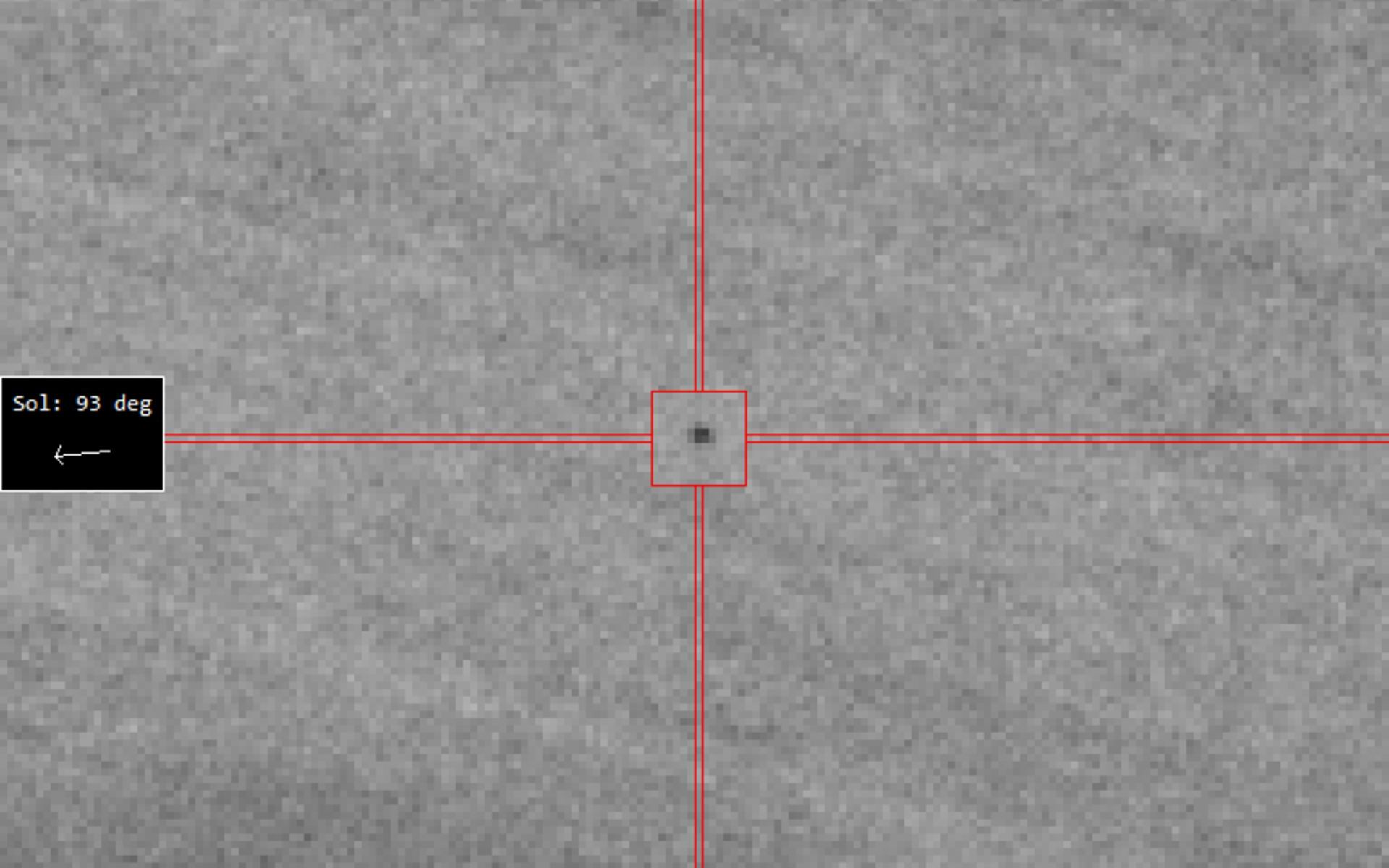
Earlier this year, the discovery of a potentially hazardous asteroid took astronomers on a roller coaster ride.
On January 6, 2022, astronomers at the Mount Lemmon Observatory in Arizona discovered an asteroid roughly 70-meters (230 ft) across. Based on their initial observations, it appeared this object — called ‘2022 AE1’ – could potentially hit Earth on its next pass, on July 4, 2023.
Continue reading “Thanks to Observations, a Potentially Dangerous Asteroid was Found to be Harmless”Last-Minute Defense Against an Asteroid That Could Obliterate it Before Impact

Gazing at the night sky can evoke a sense of wonder regarding humanity’s place in the Universe. But that’s not all it can evoke. If you’re knowledgeable about asteroid strikes like the one that wiped out the dinosaurs, then even a fleeting meteorite can nudge aside your enjoyable sense of wonder. What if?
Luckily, planetary defence is at the top of mind for some scientists and engineers. One of those scientists is Professor Philip Lubin from the University of California Santa Barbara. Lubin is developing his idea called PI-Terminal Defense for Humanity. The PI stands for Pulverize It, and Lubin thinks pulverizing an incoming impactor into tiny pieces is our best bet to protect ourselves from an asteroid on short notice.
Continue reading “Last-Minute Defense Against an Asteroid That Could Obliterate it Before Impact”Archeologists are Planning to Scan the Great Pyramid of Giza With Cosmic Rays With Such Detail, They Should see Every Hidden Chamber Inside
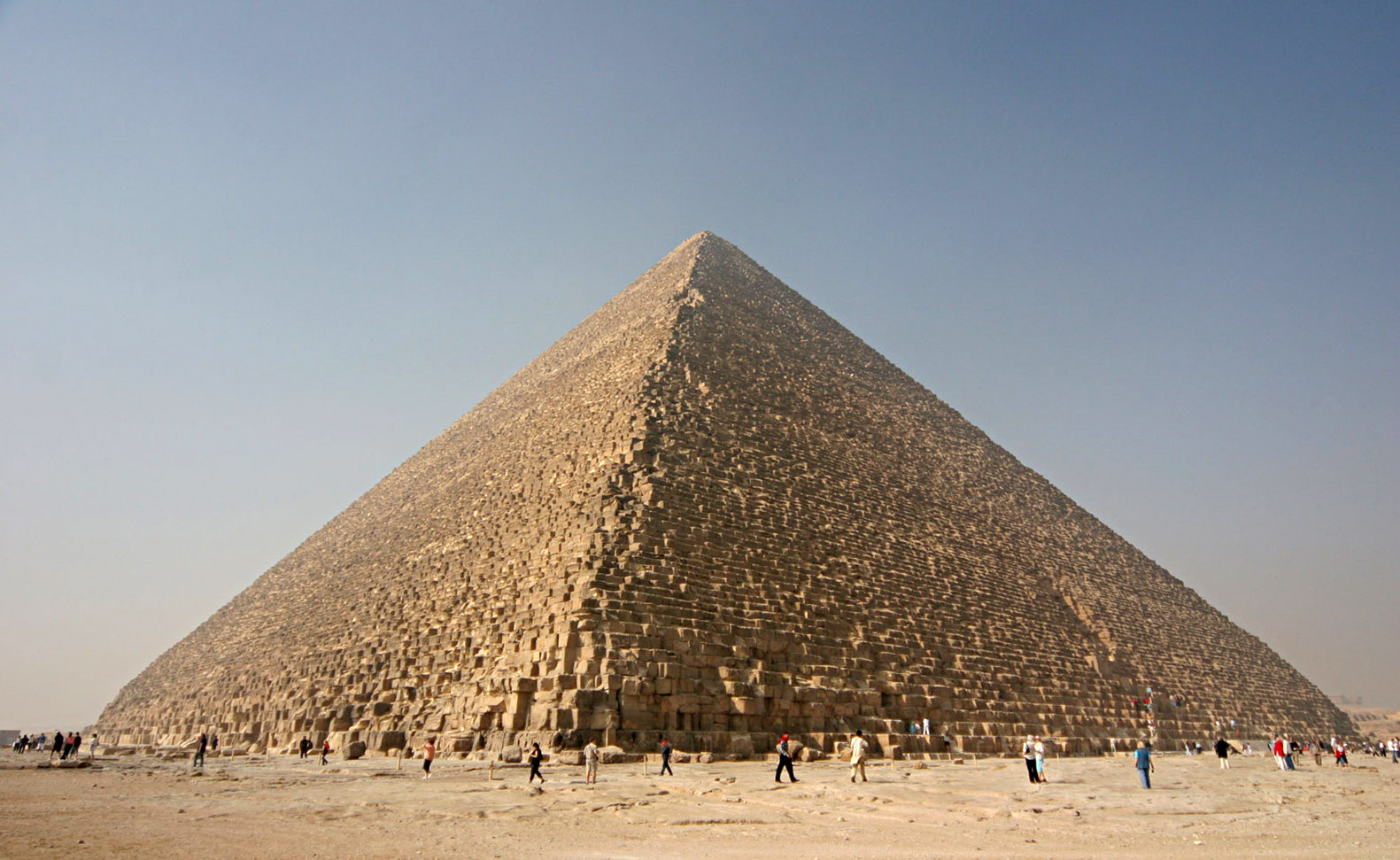
The Great Pyramid of Giza might be the most iconic structure humans ever built. Ancient civilizations constructed archaeological icons that are a testament to their greatness and persistence. But in some respects, the Great Pyramid stands alone. Of the Seven Wonders of the Ancient World, only the Great Pyramid stands relatively intact.
A team of scientists will use advances in High Energy Physics (HIP) to scan the Great Pyramid of Khufu at Giza with cosmic-ray muons. They want to see deeper into the Great Pyramid than ever before and map its internal structure. The effort is called the Explore the Great Pyramid (EGP) mission.
Continue reading “Archeologists are Planning to Scan the Great Pyramid of Giza With Cosmic Rays With Such Detail, They Should see Every Hidden Chamber Inside”We don’t Know Exactly When the Dinosaurs Died, but Now We Know it was in the Springtime
We’ve long known a disaster took place about 66 million years ago, where in a geological instant, 75% of the plants and animals on Earth were wiped out, including all the land-roaming dinosaurs. But here’s a new detail about that event: Even though we can’t pinpoint exactly what year this disaster took place, we now know it happened during the springtime.
Continue reading “We don’t Know Exactly When the Dinosaurs Died, but Now We Know it was in the Springtime”Does the Entire Planet Have a Mind of its Own?
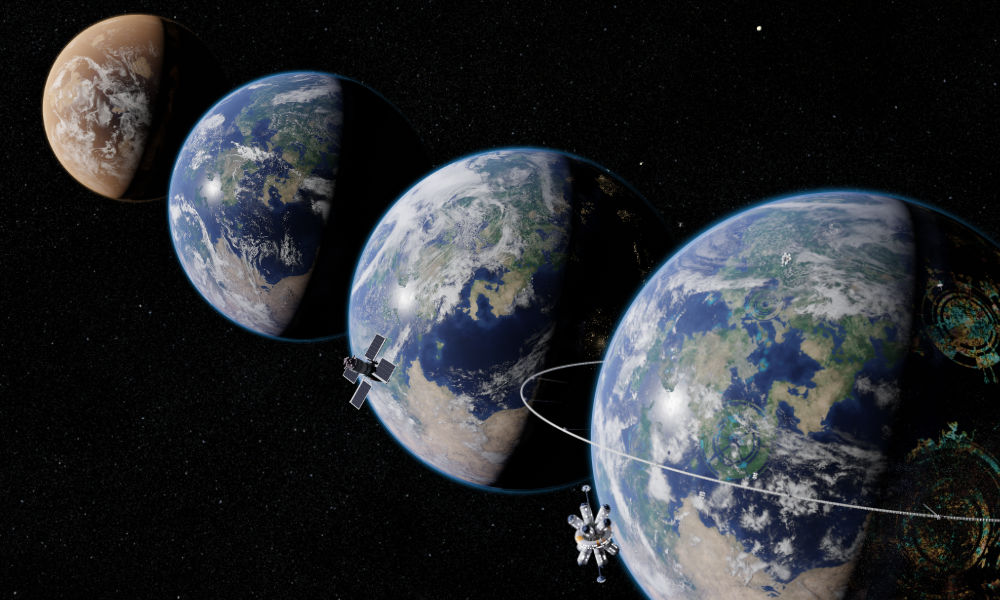
What is humanity? Do our minds set us apart from the rest of nature and from the rest of Earth? Or does Earth have a collective mind of its own, and we’re simply part of that mind? On the literal face of it, that last question might sound ridiculous.
But a new thought experiment explores it more deeply, and while there’s no firm conclusion about humanity and a planetary mind, just thinking about it invites minds to reconsider their relationship with nature.
Overcoming our challenges requires a better understanding of ourselves and nature, and the same is true for any other civilizations that make it past the Great Filter.
Continue reading “Does the Entire Planet Have a Mind of its Own?”As Temperatures Rise, Antarctica is Turning Green

The global climate is warming, and Earth’s polar regions are feeling the effects. A new study of the South Orkney Islands shows that the region has warmed significantly since the 1950s. The rise in warming in the South Orkneys exceeds the overall global warming.
As the islands warm, plant life is spreading.
Continue reading “As Temperatures Rise, Antarctica is Turning Green”North Korea Releases Pictures of Earth They Say Were Taken From Space
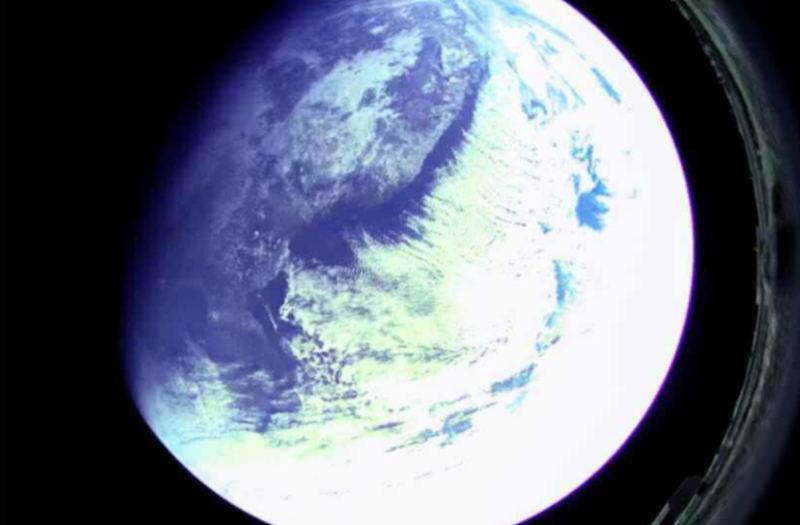
North Korea released some pictures they say come from their recent missile test. The missile they tested—the intermediate-range Hwasong-12—can reach the U.S. territory of Guam. According to most North Korea observers, the country hopes the tests will bring the U.S. back to the negotiating table.
Continue reading “North Korea Releases Pictures of Earth They Say Were Taken From Space”A Chinese Space Tug Just Grappled a Dead Satellite
A Chinese satellite pulled a defunct navigation satellite out of the way of other satellites on January 22nd. The satellite, called SJ-21, appeared to operate as a space tug when it grappled onto the navigation satellite from the Chinese CompassG2 network. The operation details didn’t come from Chinese authorities but a report by ExoAnalytic Solutions, a commercial space monitoring company.
Chinese authorities are tight-lipped about the operation, but what can observations tell us about Chinese capabilities?
Continue reading “A Chinese Space Tug Just Grappled a Dead Satellite”
